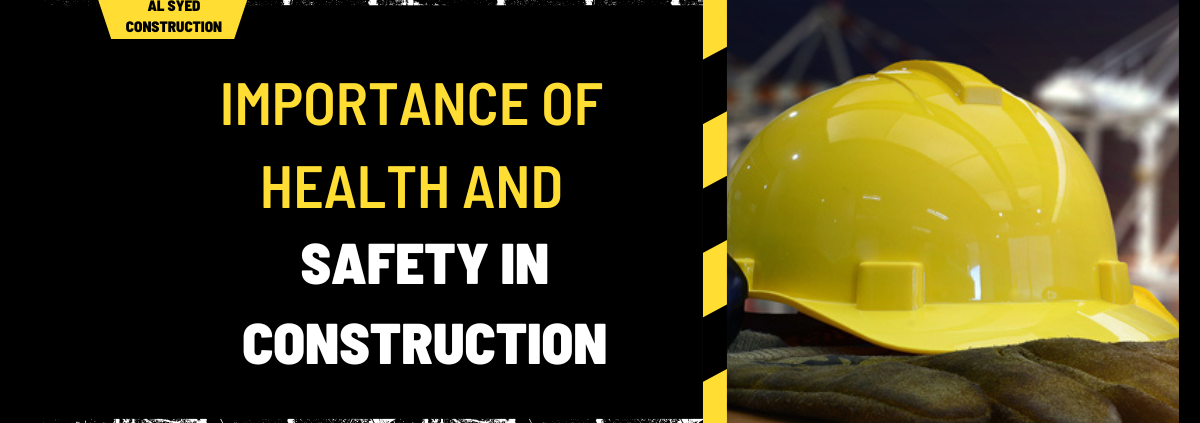Importance of Health and Safety in Construction
Table of Contents
Ensuring Safe Practices for Sustainable Construction
In the realm of construction, health and safety are paramount considerations that profoundly impact every aspect of a project’s success and longevity. The construction industry is inherently dynamic and involves a multitude of hazards and risks that must be meticulously managed to safeguard the well-being of workers and the public alike.
Protecting Lives and Enhancing Efficiency
The primary objective of prioritizing health and safety in construction is to protect lives. Construction sites are environments where workers are exposed to various dangers, including falls from heights, hazardous materials, heavy machinery accidents, and more. By implementing rigorous safety protocols and providing adequate training, construction companies not only reduce the incidence of accidents but also enhance the overall efficiency of their operations.
Compliance with Legal and Regulatory Standards
Another crucial aspect of health and safety in construction is compliance with legal and regulatory standards. Governments and regulatory bodies enforce stringent guidelines to ensure that construction activities are conducted in a manner that minimizes risks to workers and the public. Compliance not only mitigates legal liabilities but also fosters a culture of responsibility and accountability within the industry.
Mitigating Financial Costs and Project Delays
Effective health and safety measures in construction contribute significantly to cost management and project timelines. Accidents and injuries can lead to substantial financial burdens due to medical expenses, legal fees, insurance premiums, and potential project delays. By investing in proactive safety initiatives such as regular inspections, hazard assessments, and safety training programs, construction companies mitigate these risks and maintain project schedules with minimal disruptions.
Promoting Employee Well-being and Productivity
The well-being of construction workers directly impacts their productivity and morale. A safe and healthy work environment fosters employee satisfaction, reduces turnover rates, and enhances productivity levels. Workers who feel valued and protected are more likely to perform their duties efficiently, contributing to overall project success.
Embracing Technological Advancements in Safety
Technological innovations have revolutionized health and safety practices in construction. From wearable devices that monitor vital signs and environmental conditions to automated machinery equipped with safety sensors, advancements in technology play a pivotal role in minimizing risks and improving safety outcomes on construction sites.
Cultivating a Culture of Safety
Beyond compliance and technology, fostering a culture of safety is essential for sustainable construction practices. This involves promoting open communication, encouraging hazard reporting, conducting regular safety meetings, and empowering workers to actively participate in safety initiatives. A robust safety culture creates a shared responsibility among all stakeholders to prioritize safety at every stage of a project.
Conclusion
In conclusion, health and safety in construction are not merely regulatory requirements but fundamental principles that underpin successful and sustainable construction practices. By integrating comprehensive safety strategies into daily operations, construction companies not only protect their workforce and the public but also optimize project outcomes and uphold industry standards.




